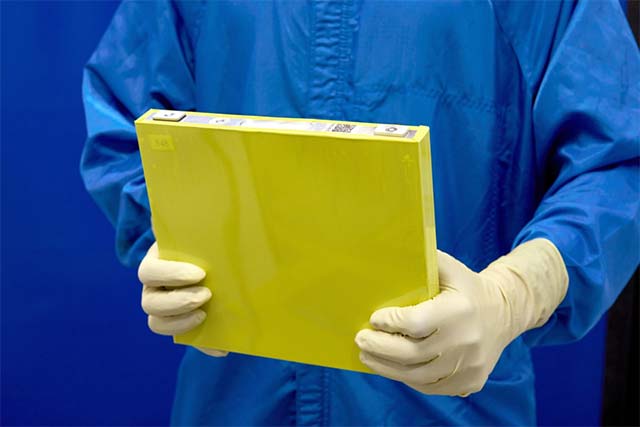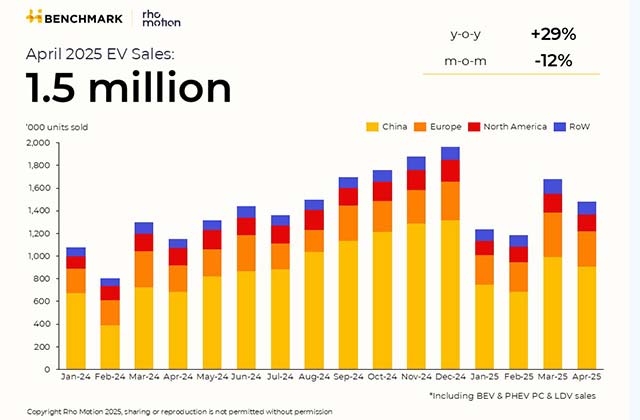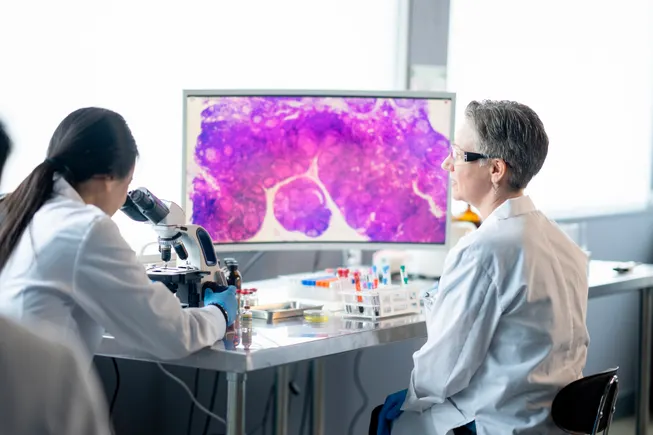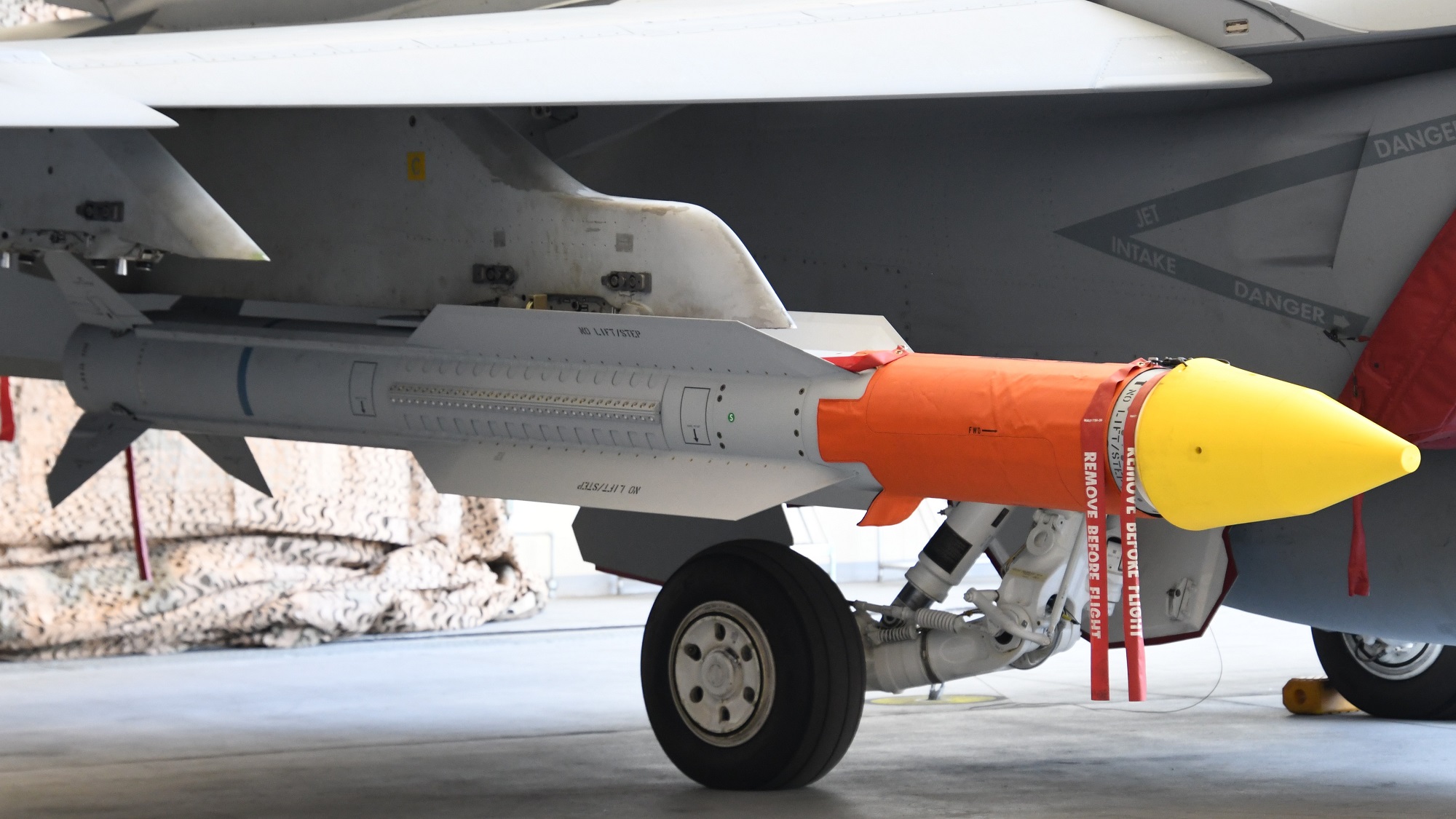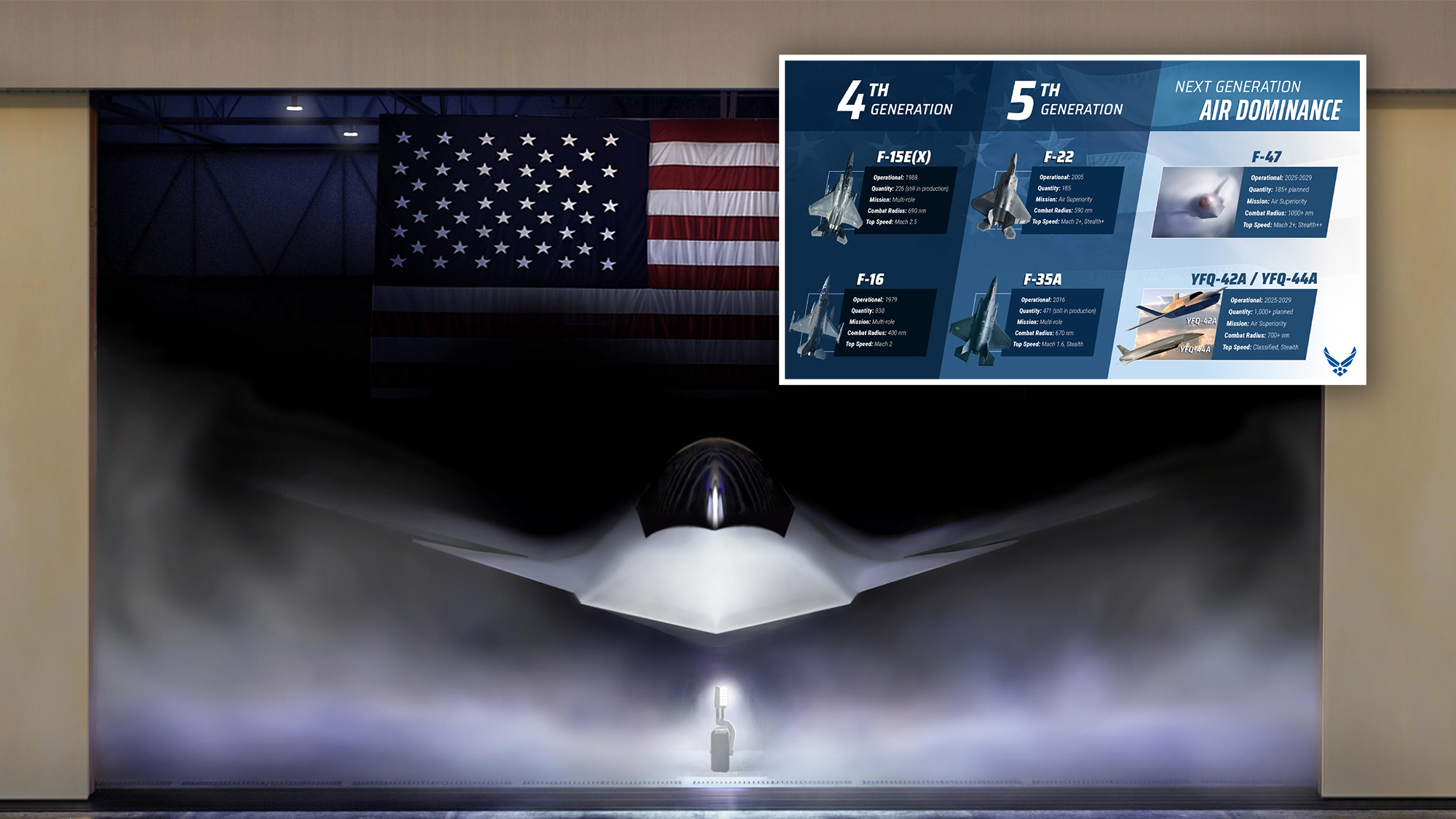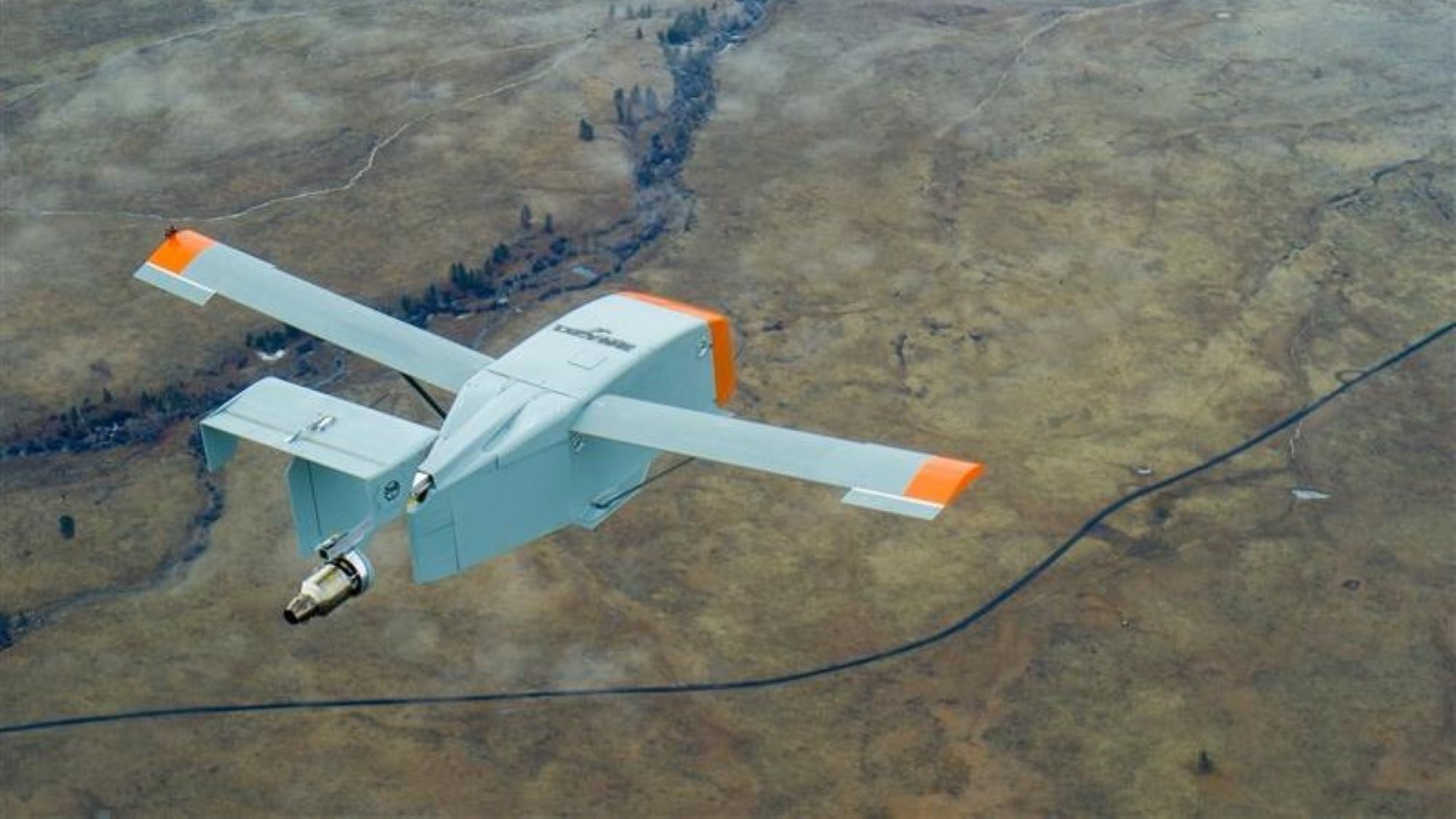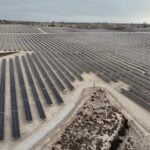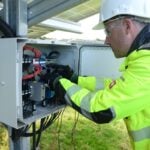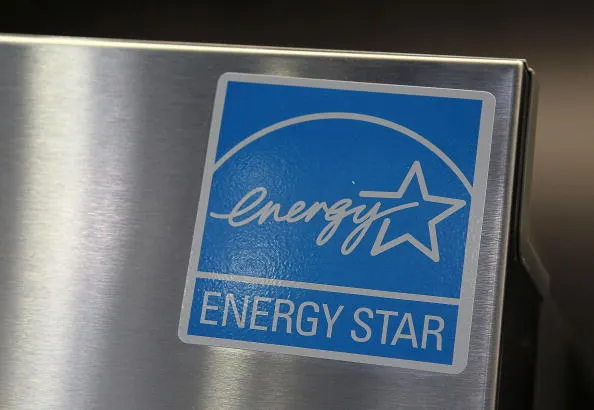Formamidinium In Situ Assistance for Buried Interfaces in Perovskite Solar Cells
Advanced Energy Materials, EarlyView.

A formamidinium-based in-situ coordination (F-ISS) strategy is proposed to optimize the buried interface in n-i-p perovskite solar cells (PSCs), effectively improving electron transport layer (ETL) uniformity. This strategy achieves device performance with an efficiency of 25.61% for small-area devices and 21.72% for 18.55 cm2 mini-modules, while boosting stability by retaining 80% of initial efficiency after 1000 hours of continuous illumination.
Abstract
Defects at the buried interface and interfacial energy misalignment are critical challenges in perovskite solar cells (PSCs), causing severe carrier nonradiative recombination and introducing degradation centers that limit the device performance. In particular, issues such as void formation, poor adhesion, and interfacial defects at the buried interface compromise both efficiency and durability of PSCs. To address these challenges, a formamidinium-based in situ coordination (F-ISS) strategy is proposed to optimize the buried interface in normal-structure PSCs. By incorporating various formamidinium-based materials (FAI, FABr, and FACl), the F-ISS approach effectively reduces interfacial defects, mitigates nanoparticle aggregation, enhances the electrical and morphological uniformity of electron transport layer (ETL), and improves energy level alignment. The F-ISS-incorporation ETL exhibits improved surface smoothness, reduced trap density, and stronger interfacial adhesion, leading to superior quality of buried interface. These enhancements result in superior device performance, with normal-structure device achieving an efficiency of 25.61%, surpassing control device with efficiency of 23.43%. Additionally, the PCE of a mini-module with an active area of 18.55 cm2 achieved 21.72%, surpassing control device with efficiency of 19.76%. Moreover, the F-ISS strategy significantly boosts device stability, retaining over 80% of the initial efficiency after 1000 h of continuous illumination at maximum power point testing. These findings establish the F-ISS strategy as a promising solution for addressing the inherent challenges of the buried interface in perovskite photovoltaics.

























